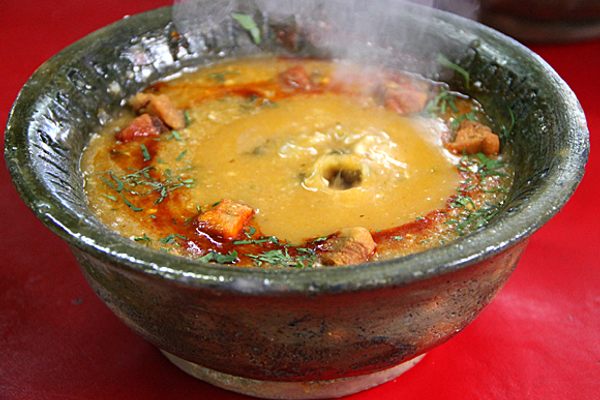Ingredients & Condiments
Beef Dripping
You can roast your potatoes in this rendered fat, or just spread it on bread and eat it cold.
Back in the dark days of the First and Second World Wars, the British found themselves enduring periods of rationing. Food was scarce, and nothing could be wasted, including the rendered fat that dropped from any piece of beef.
When it’s warm, this fat, known as “dripping,” is a clear liquid. But at room temperature, it solidifies, making it easy to store and handy for a variety of purposes. The simplest of these was the classic wartime dish known as “bread and dripping.” As the name suggests, diners spread dripping onto a slice of bread and ate it cold with a sprinkling of salt and pepper.
The popularity of bread and dripping, and dripping in general, has faded sharply since the end of World War II. Typically, the elder members of British society account for the majority of people who occasionally indulge in a slice. The decline of the ration-era favorite was hastened with the rise of vegetable oils, which were seen as a healthier alternative. Even the classic British fish and chip shops turned their backs on dripping in favor of vegetable oil.
But some stalwart fans of dripping remain, including plenty of home cooks and professional chefs who adore its special properties. Perhaps the most common use for dripping today is for roasted potatoes, a crucial part of a traditional British roast dinner. The rendered beef fat imparts a fantastic crispiness to the spuds, creating a centerpiece of golden potatoes for a sublime Sunday meal.
Written By
 Tony Dunnell
Tony Dunnell
The Atlas Obscura Podcast is Back!















